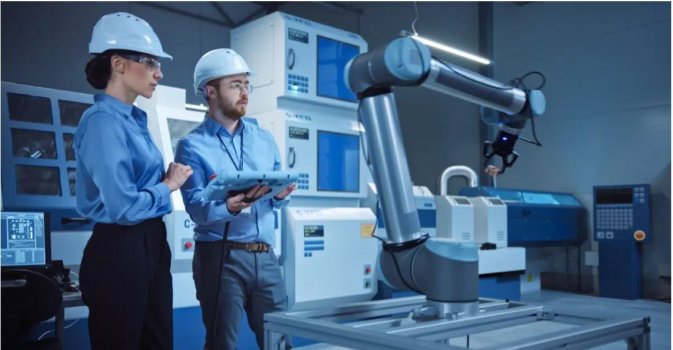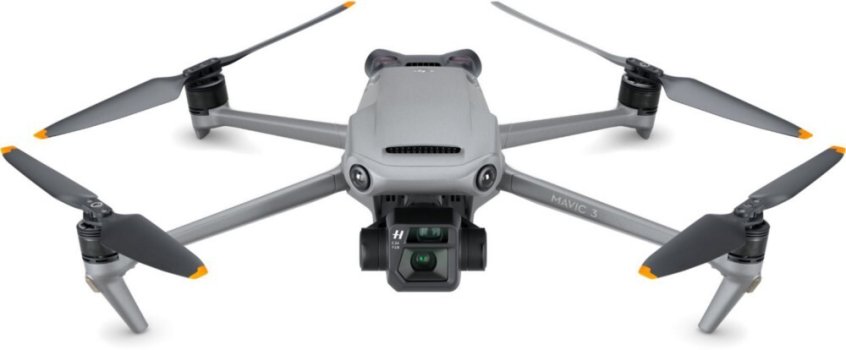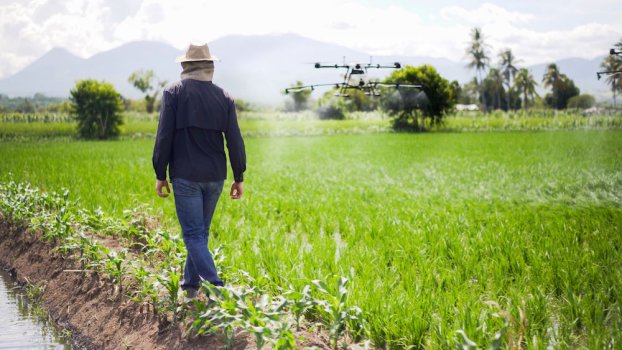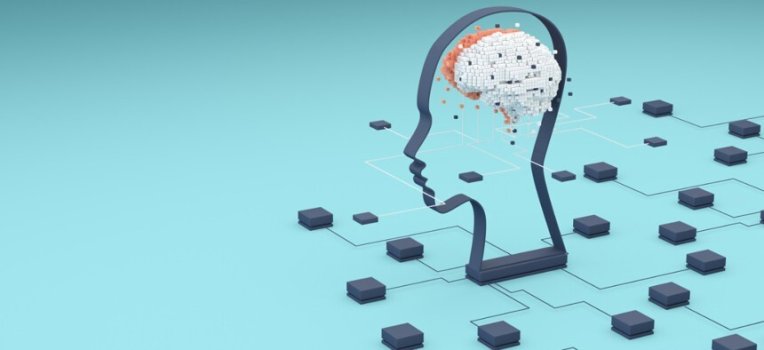The slippery slope of using AI and deepfakes to bring history to life
- Technology Solutions
- 0 Replies
To mark Israel’s Memorial Day in 2021, the Israel Defense Forces musical ensembles collaborated with a company that specializes in synthetic videos, also known as “deepfake” technology, to bring photos from the 1948 Israeli-Arab war to life.
They produced a video in which young singers clad in period uniforms and carrying period weapons sang “Hareut,” an iconic song commemorating soldiers killed in combat. As they sing, the musicians stare at faded black-and-white photographs they hold. The young soldiers in the old pictures blink and smile back at them, thanks to artificial intelligence.
The result is uncanny. The past comes to life, Harry Potter style.
For the past few years, my colleagues and I at UMass Boston’s Applied Ethics Center have been studying how everyday engagement with AI challenges the way people think about themselves and politics. We’ve found that AI has the potential to weaken people’s capacity to make ordinary judgments. We’ve also found that it undermines the role of serendipity in their lives and can lead them to question what they know or believe about human rights.
Now AI is making it easier than ever to reanimate the past. Will that change how we understand history and, as a result, ourselves?
Low financial risk, high moral cost
The desire to bring the past back to life in vivid fashion is not new. Civil War or Revolutionary War reenactments are commonplace. In 2018, Peter Jackson painstakingly restored and colorized World War I footage to create “They Shall Not Grow Old,” a film that allowed 21st-century viewers to experience the Great War more immediately than ever before.
Live reenactments and carefully processed historical footage are expensive and time-consuming undertakings. Deepfake technology democratizes such efforts, offering a cheap and widely available tool for animating old photos or creating convincing fake videos from scratch.
But as with all new technologies, alongside the exciting possibilities are serious moral questions. And the questions get even trickier when these new tools are used to enhance understanding of the past and reanimate historical episodes.
Continue reading: https://thenextweb.com/news/slippery-slope-using-ai-and-deepfakes-to-reanimate-history
They produced a video in which young singers clad in period uniforms and carrying period weapons sang “Hareut,” an iconic song commemorating soldiers killed in combat. As they sing, the musicians stare at faded black-and-white photographs they hold. The young soldiers in the old pictures blink and smile back at them, thanks to artificial intelligence.
The result is uncanny. The past comes to life, Harry Potter style.
For the past few years, my colleagues and I at UMass Boston’s Applied Ethics Center have been studying how everyday engagement with AI challenges the way people think about themselves and politics. We’ve found that AI has the potential to weaken people’s capacity to make ordinary judgments. We’ve also found that it undermines the role of serendipity in their lives and can lead them to question what they know or believe about human rights.
Now AI is making it easier than ever to reanimate the past. Will that change how we understand history and, as a result, ourselves?
Low financial risk, high moral cost
The desire to bring the past back to life in vivid fashion is not new. Civil War or Revolutionary War reenactments are commonplace. In 2018, Peter Jackson painstakingly restored and colorized World War I footage to create “They Shall Not Grow Old,” a film that allowed 21st-century viewers to experience the Great War more immediately than ever before.
Live reenactments and carefully processed historical footage are expensive and time-consuming undertakings. Deepfake technology democratizes such efforts, offering a cheap and widely available tool for animating old photos or creating convincing fake videos from scratch.
But as with all new technologies, alongside the exciting possibilities are serious moral questions. And the questions get even trickier when these new tools are used to enhance understanding of the past and reanimate historical episodes.
Continue reading: https://thenextweb.com/news/slippery-slope-using-ai-and-deepfakes-to-reanimate-history






















